Tibet celebrates first "Cultural and Natural Heritage Day"
Tibet Autonomous Region has launched a series of publicity and display activities from June 10 to 15 for the first national "Cultural and Natural Heritage Day", which falls on June 10 this year since the State Council has established the second Saturday in June as "Cultural and Natural Heritage Day" in China from 2017.
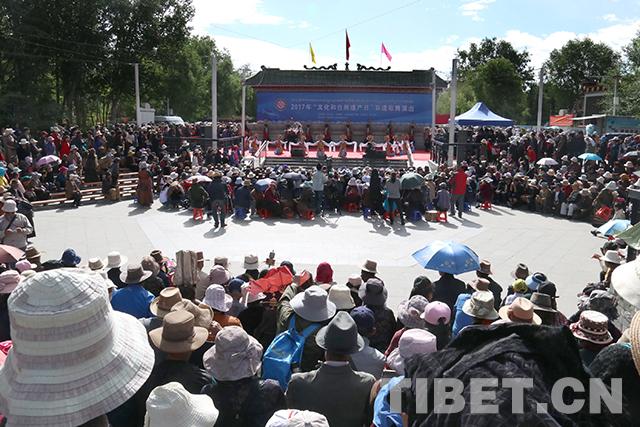
The opening ceremony of activities held for the 2017 "Cultural and Natural Heritage Day" in Tibet.
On the morning of June 10, the opening ceremony of the activities was held at Zongjiao Lukhang Park in Lhasa. Organizers awarded certificates and prizes to the second group of the Tibet Autonomous Region's "Top Ten Inheritors" of intangible cultural heritage. There were also song and dance performances, which attracted a large number of city residents, tourists, and worshippers.
A tourist from Guangzhou told reporters that this was his first visit to Tibet, and this kind of performance helped him better understand Tibetan original song and dance culture, which was usually hard to come by. He added that it was hard to preserve these precious intangible cultural heritages, so more publicity should be made to encourage more people to participate in.
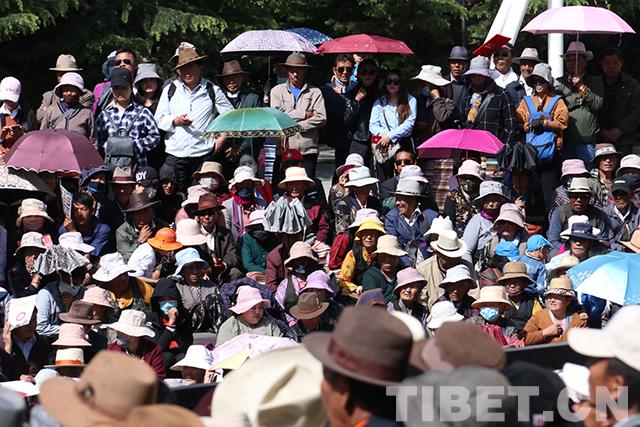
People stop to watch song and dance performances at the Zongjiao Lukhang Park in Lhasa.
On the afternoon of June 10, the event was taken to school campuses, where organizers set up intangible culture display boards for students, issued publicity materials on culture and natural heritage, and held heritage song and dance performances inside school auditoriums. One student majored on dance told reporters that these heritage performances broadened her horizons, made her feel very encouraged.

Song and dance are performed on campus.

Young performers are playing dance.
Through using exhibitions, performances, consulting and other mediums, the activities aim to fully display the achievements Tibet has made in recent years in efforts to protect its cultural and natural heritage. The event helped the community understand and recognize Tibet's rich and colorful heritage, and raised the public especially young people's awareness of consciously participating in the protection of cultural and natural heritage.
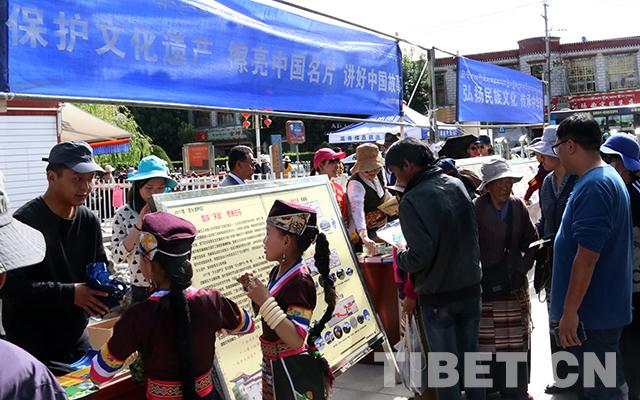
Organizers introduce intangible cultural heritage protection efforts to members of the public.
According to organizers, there will also be a series of various activities held during the event. The Tibet Autonomous Region Museum of Mass Art (the region's intangible cultural heritage protection center) will hold an "Exhibition of Traditional Tibetan Arts and Handicrafts" and "Exhibition of Tibetan Farming Culture", displaying more than 1,300 traditional handicrafts as well as more than 700 tools, furnishings, and ceremonial pieces that relate to farming production and living conditions in rural areas.
This year is also the 30th anniversary of China's successful application for its first batch of world cultural heritages. There are currently 50 world heritage sites in China, ranking second in the world.
Your Comment
Name E-mailRelated News
-
;
-
-
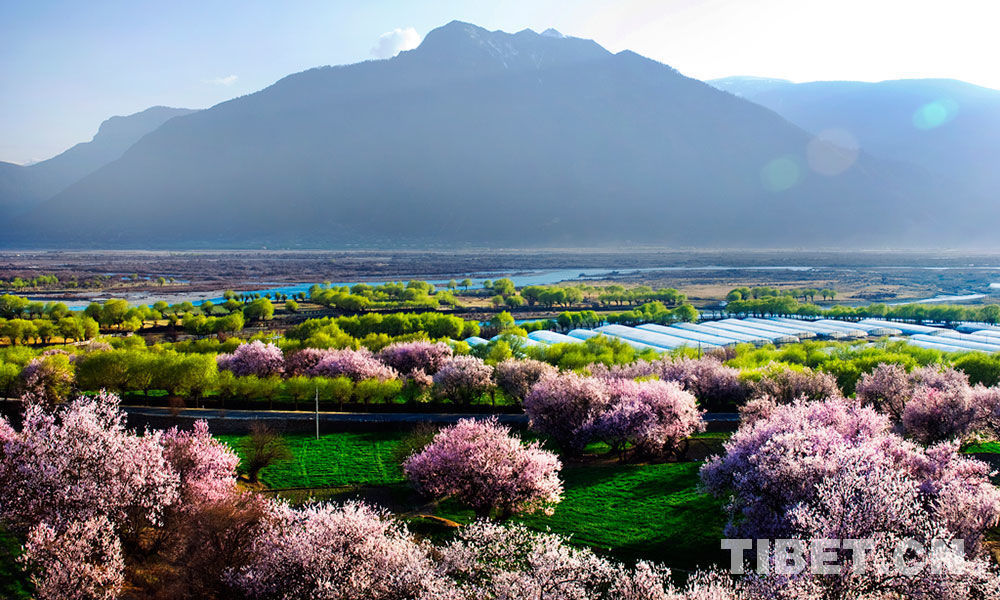
-
Cultural heritage on display at event
Dekyi Yangzom patiently took the pulse of a middle-age man with indigestion and offered to help ease his discomfort with traditional Tibetan medicine.
-
-
-
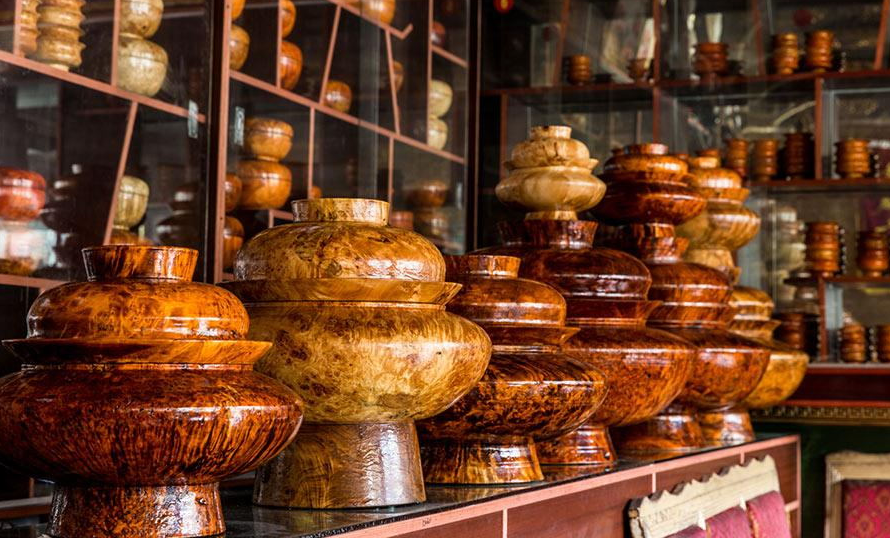
-
Tibet trains intangible cultural heritage inheritors
The 2017 Tibet Traditional Handicrafts and Intangible Cultural Heritage Inheritors Training Class was open on the morning of May 11 in Lhasa.
-
Based in Lhasa, Tibet Vista is a Tibet travel agency that specialized in Tibet permit, and Tibet tours for both private and group travelers at a local price!
•4 Days Lhasa City Group Tour from USD 460 •8 Days Everest Base Camp Group Tour from USD 850 •15 Days Mt.Kailash Group Tour from USD 1780 •2016 Tibet Train Tours from Beijing, Shanghai, Chengdu, Xining,etc










